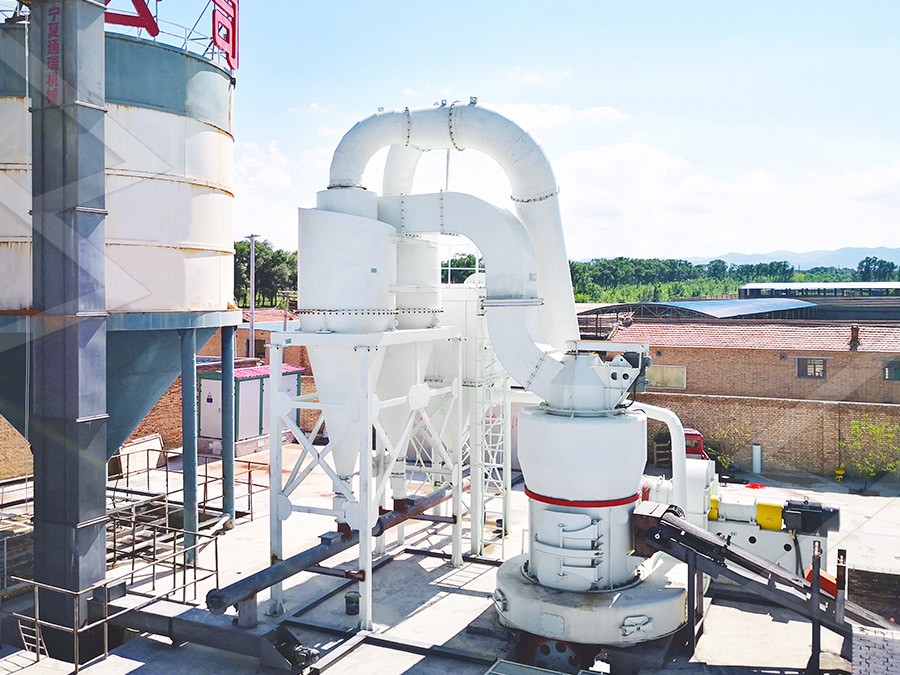Marble Vertical Mill: High-Efficiency Grinding Solution for Industrial Applications
Marble Vertical Mill: High-Efficiency Grinding Solution for Industrial Applications
In today’s competitive industrial landscape, achieving optimal grinding efficiency while maintaining environmental compliance has become paramount. The processing of marble and other non-metallic minerals demands equipment that can deliver consistent performance, precise particle size control, and operational reliability. Vertical grinding technology has emerged as the preferred solution for these challenging applications.

The Evolution of Marble Processing Technology
Traditional grinding methods often struggle with the unique characteristics of marble and similar materials. The inherent hardness variations, moisture sensitivity, and requirement for precise particle distribution necessitate advanced milling solutions. Modern vertical mills address these challenges through innovative engineering that combines crushing, drying, grinding, and classifying in a single, compact unit.
Among the standout solutions in this category is the MW Ultrafine Grinding Mill, specifically engineered for customers requiring ultra-fine powder production. This advanced system processes materials with an input size of 0-20 mm and delivers capacities ranging from 0.5 to 25 tph, making it suitable for various production scales. The integrated efficient pulse dust collector and muffler system effectively minimizes dust and noise emissions, ensuring environmentally responsible operation that meets stringent regulatory standards.
Technical Advantages in Industrial Applications
The unique design features of modern vertical mills provide distinct advantages for marble processing. The newly engineered grinding curves of grinding rollers and rings significantly enhance grinding efficiency. Comparative performance data demonstrates that with identical fineness and power consumption, production capacity can exceed that of jet grinding mills and stirred grinding mills by up to 40%, while doubling the output of traditional ball grinding mills.

Another exceptional solution worth considering is the LUM Ultrafine Vertical Grinding Mill, which incorporates the latest grinding roller technology from Taiwan and German powder separating technology. This mill handles input sizes of 0-10 mm with capacities between 5-18 tph, representing an excellent choice for operations requiring superior finished product quality and operational efficiency.
Operational Excellence and Environmental Compliance
The environmental aspects of industrial grinding cannot be overlooked. Modern vertical mills address these concerns through comprehensive dust management systems and noise reduction technologies. The absence of rolling bearings and screws within the grinding chamber eliminates common failure points, while external lubrication systems enable continuous 24-hour operation without shutdowns for maintenance.
Precision engineering extends throughout these systems, with digitalized processing ensuring high machining accuracy for all core components. The cage-type powder selector technology allows precise fineness adjustment between 325-2500 meshes, with screening rates achieving d97≤5μm in a single pass. This level of control enables manufacturers to meet exact customer specifications consistently.

Industry Applications and Material Versatility
Beyond marble processing, these advanced vertical mills demonstrate remarkable versatility across multiple industries. They effectively process limestone, calcite, dolomite, petroleum coal, gypsum, barite, talc, and various chemical compounds used in paints, cosmetics, pharmaceuticals, and food additives. The ability to maintain product purity while achieving precise particle size distributions makes them invaluable across these diverse applications.
Frequently Asked Questions
What makes vertical mills more efficient than traditional grinding systems?
Vertical mills integrate multiple processes—crushing, drying, grinding, and classifying—into a single unit, reducing energy consumption by 30-50% compared to conventional systems. Their compact design also minimizes space requirements and operational costs.
How does the MW Ultrafine Grinding Mill handle environmental concerns?
The MW Mill incorporates efficient pulse dust collectors and mufflers that effectively control dust and noise emissions. The entire system operates according to national environmental protection standards, ensuring minimal ecological impact.
What maintenance advantages do these systems offer?
With no rolling bearings or screws in the grinding chamber and external lubrication systems, maintenance requirements are significantly reduced. The reversible structure in models like the LUM Mill allows easy access to grinding components, minimizing downtime.
Can these mills handle materials beyond marble?
Absolutely. These systems process various non-metallic minerals including limestone, calcite, dolomite, gypsum, barite, and talc, as well as materials for chemical, pharmaceutical, and food additive applications.
What level of fineness can be achieved?
The advanced powder selection technology enables fineness adjustment between 325-2500 meshes, with some models achieving screening rates of d97≤5μm in a single processing stage.
